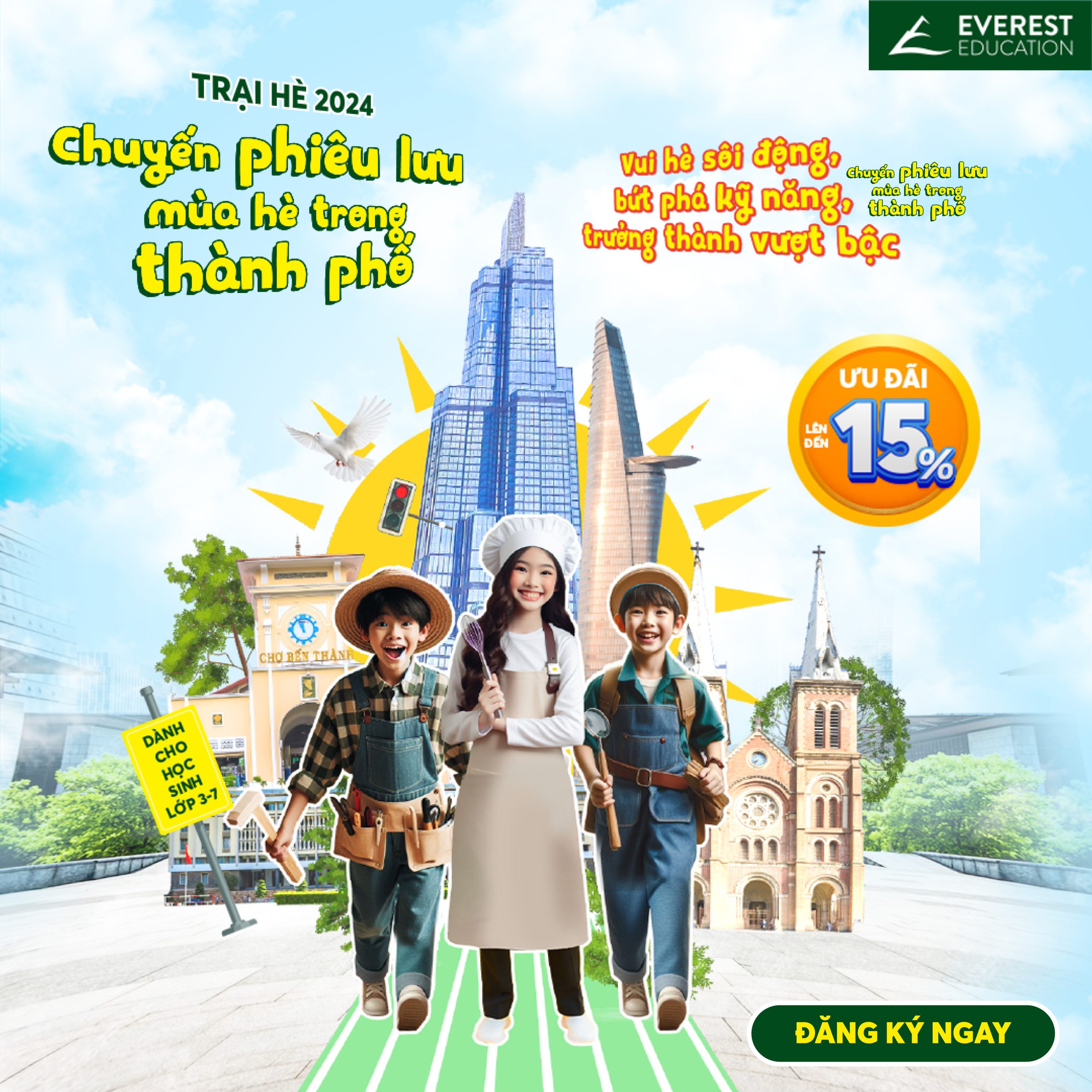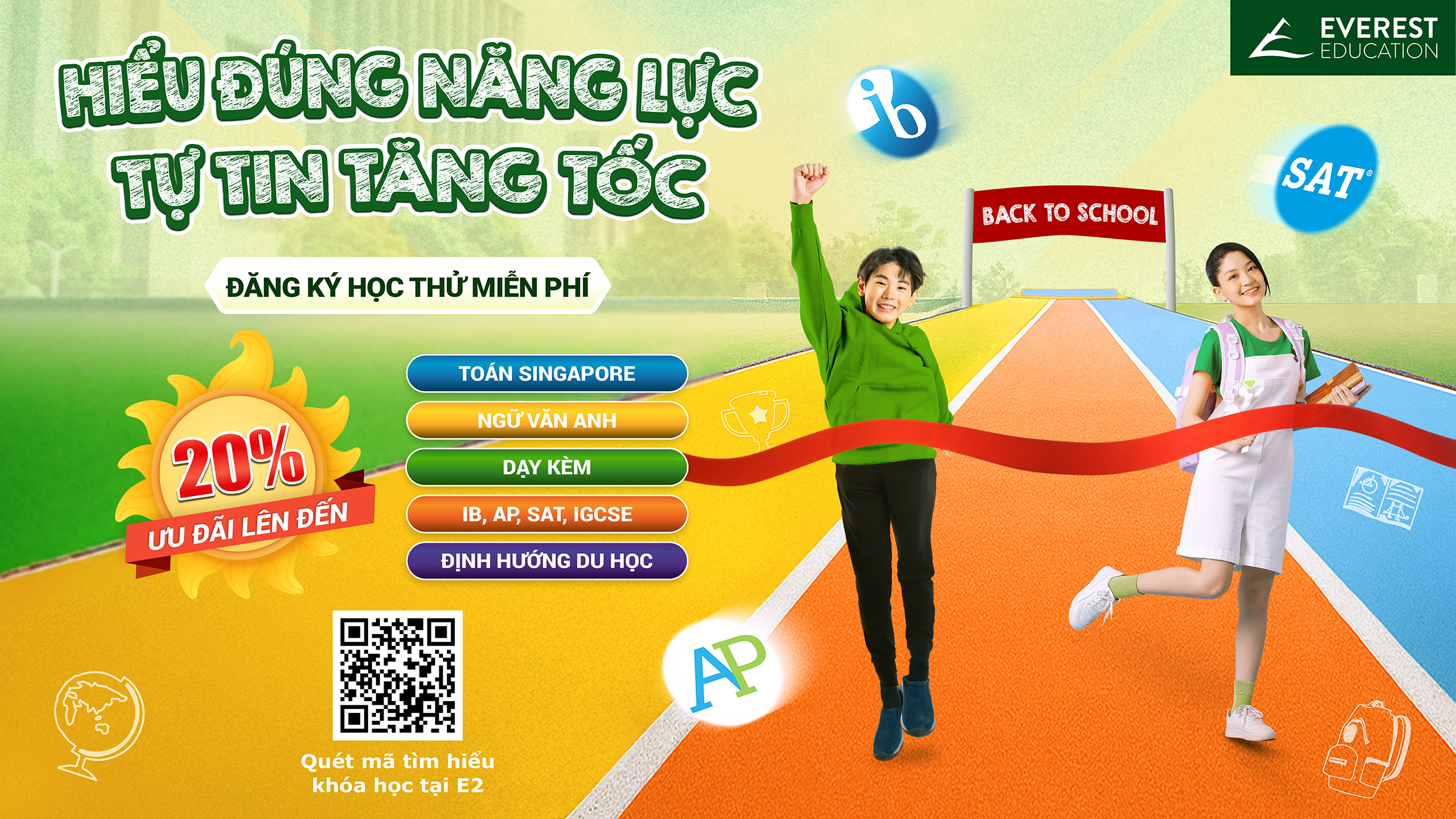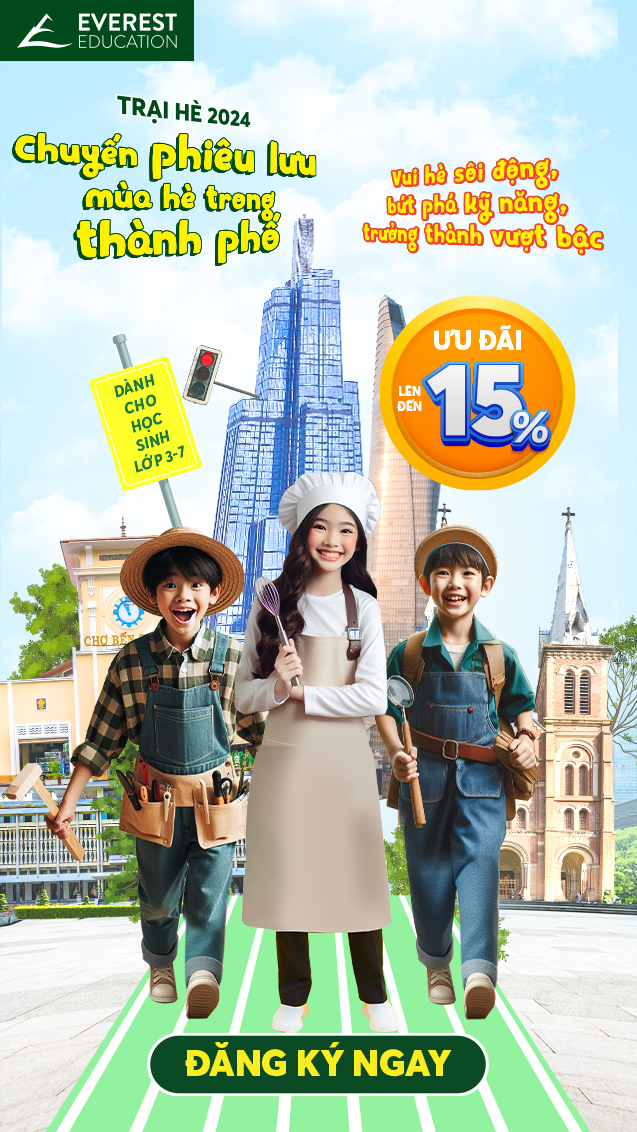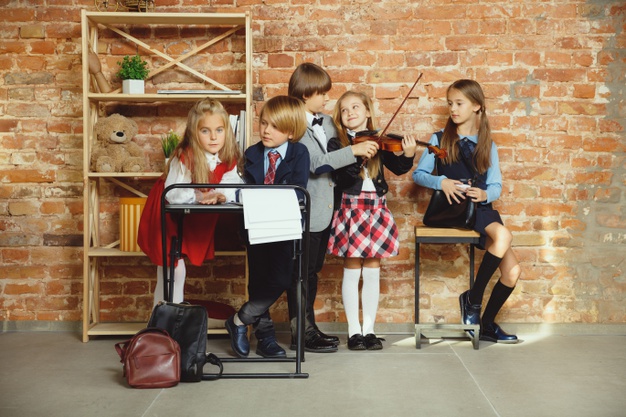Leaders are a fundamental part of any functioning society, even in a small community in your children’s world: whether it’s helping a team score the final point in a basketball game, organizing a community project to promote recycling, or something as simple as taking the lead to help another student understand a mathematical concept in class. There is no such thing as a “natural-born leader”, these are skills that we develop as children and then continue to strengthen over time.
Parents are well-positioned to be the first leadership developers of their children. And yet, we find that most parents do not take a deliberate approach to grow leadership in their kids. Parents work to give them an “early start” in English, math, music, or sports, but for some reason wait until they are older to talk about leading. This article will give you the encouragement and tools to jump-start leadership conversations with your young children.
One of the best sources for timely lessons about building leadership skills comes in the form of books, with important takeaways for leading teams and working together more effectively. Parents can help to nurture these skills in children by encouraging them to read certain books that promote these habits.
While something like “7 Habits of Highly Effective Preschoolers” might be a bit excessive, there are some simple stories and ideas on leadership in the books below that will help young children build the traits and skills that will set them on the path to becoming courageous, compassionate and positive leaders.
This article gives you a shortlist of children’s books that teach great lessons about leadership for children, as maybe adults as well. And best of all, these books are already translated into Vietnamese, you can easily find them in the local bookstores or libraries.
For Toddlers and Primary Readers
1. The Day the Crayons Quit by Drew Daywalt
A boy named Duncan opens his box of crayons one day and finds it empty. Beige Crayon is tired of playing second fiddle to Brown Crayon. Black wants to be used for more than just outlining. Blue needs a break from coloring all those bodies of water. And Orange and Yellow are no longer speaking—each believes he is the true color of the sun. What can Duncan possibly do to appease all of the crayons and get them back to doing what they do best?
Kids will be imagining their own humorous conversations with crayons and coloring a blue streak after sharing laughs with Drew Daywalt and New York Times bestseller Oliver Jeffers. This story is perfect as a back-to-school gift!
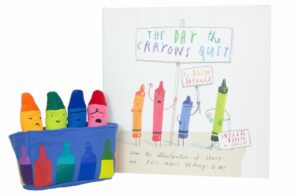
Why we love it: The Crayons decide to leave their home due to various grievances, which include overwork, boredom, and professional jealousy. In the end, a solution is reached that makes everyone happy. This funny story shows that part of leading is about understanding the perspectives and feelings of others. And maybe after discussing with your child about the importance of each individual and how to treat them fairly as a leader, you can read to your child the second book of this story – The Day the Crayons Came Home – a happy ending for our lovely Duncan and his Crayons.
Recommended ages: 3 – 7
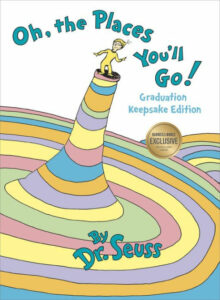
2. Oh, the Places You’ll Go! by Dr. Seuss
“OH! THE PLACES YOU’LL GO! You’ll be on your way up! You’ll be seeing great sights! You’ll join the high fliers who soar to high heights.”
A modern classic, Oh, the Places You’ll Go! was first published one year before Dr. Seuss’s death at the age of eighty-seven. For out-starting upstarts of all ages, here is a wonderfully wise and blessedly brief graduation speech from the one and only Dr. Seuss. In a mere fifty-six pages, Dr, Seuss managed to impart a lifetime of wisdom. It is the perfect send-off for children starting out in the maze of life, be they nursery school grads or newly-minted Ph.D.’s. Everyone will find it inspiring and good fun.
Why we love it: This classic encourages children to have confidence in themselves and broaden their horizons. Yet it doesn’t shy away from telling them that they’ll face a variety of challenges along the way; it gives them the encouragement that they have the potential to do whatever they set their mind to.
Recommended ages: 4 – 8
And the winners are Augustus Gloop, an enormously fat boy whose hobby is eating; Veruca Salt, a spoiled-rotten brat whose parents are wrapped around her little finger; Violet Beauregarde, a dim-witted gum-chewer with the fastest jaws around; Mike Teavee, a toy pistol-toting gangster-in-training who is obsessed with television; and Charlie Bucket, Our Hero, a boy who is honest and kind, brave and true, and good and ready for the wildest time of his life!
Why we love it: Set in the wondrous chocolate factory of the eccentric Willy Wonka, this classic children’s novel is commonly read as a tale about morality. The inherent goodness of Charlie Bucket is amplified against the greed of Augustus Gloop, the brattiness of Veruca Salt, the competitiveness of Violet Beauregarde, and the arrogance of Mike Teavee. There’s an alternate reading here with an important takeaway for leaders: to build a world-class team, it’s important to consider cultural fit and shared values in addition to skills and experience. As it turns out, Willy Wonka was a trailblazing recruiter.
Recommended ages: 8 – 12
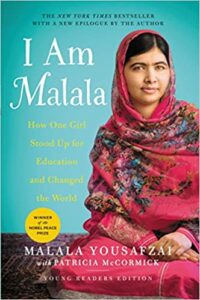 4. I Am Malala: How One Girl Stood Up for Education and Changed the World (Young Readers Edition) by Malala Yousafza with Patricia McCormick
4. I Am Malala: How One Girl Stood Up for Education and Changed the World (Young Readers Edition) by Malala Yousafza with Patricia McCormick
Malala Yousafzai was only ten years old when the Taliban took control of her region. They said music was a crime. They said women weren’t allowed to go to the market. They said girls couldn’t go to school.
Raised in a once-peaceful area of Pakistan transformed by terrorism, Malala was taught to stand up for what she believes. So she fought for her right to be educated. And on October 9, 2012, she nearly lost her life for the cause: She was shot point-blank while riding the bus on her way home from school.
Why we love it: This special edition of Malala’s biography is formatted for younger readers. Boys and girls will be inspired by Malala’s quiet bravery. Malala’s powerful story opens their eyes to another world and will make them believe in hope, truth, miracles, and the possibility that one person — one young person — can inspire change in her community and beyond.
Recommended ages: 12+
5. The Boy Who Harnessed the Wind by William Kamkwamba and Bryan Mealer
“So many things around you are reusable. Where others see garbage, I see opportunity.”
This is a gripping memoir of survival and perseverance about the heroic young inventor who brought electricity to his Malawian village.
When a terrible drought struck William Kamkwamba’s tiny village in Malawi, his family lost all of the season’s crops, leaving them with nothing to eat and nothing to sell. William began to explore science books in his village library, looking for a solution. There, he came up with the idea that would change his family’s life forever: he could build a windmill.
Why we love it: Like Malala’s story, this book is a reminder to kids that they are indeed powerful and can change the world. In this true story, William Kamkwamba sets out to build his own windmill to ensure his village can survive another drought. Retold for a younger audience, this exciting memoir shows how, even in a desperate situation, one boy’s brilliant idea can light up the world. Complete with photographs, illustrations, and an epilogue that will bring readers up to date on William’s story, this is the perfect edition to read and share with the whole family.
Recommended ages: 12+
6. Ender’s Game by Orson Scott Card
In order to develop a secure defense against a hostile alien race’s next attack, government agencies breed child geniuses and train them as soldiers. A brilliant young boy, Andrew “Ender” Wiggin lives with his kind but distant parents, his sadistic brother Peter, and the person he loves more than anyone else, his sister Valentine. 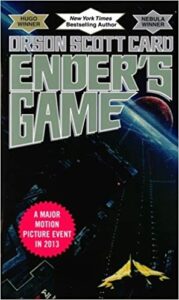
Peter and Valentine were candidates for the soldier-training program but didn’t make the cut – young Ender is the Wiggin drafted to the orbiting Battle School for rigorous military training.
Ender’s skills make him a leader in school and respected in the Battle Room, where children play at mock battles in zero gravity. Yet growing up in an artificial community of young soldiers, Ender suffers greatly from isolation, rivalry from his peers, pressure from the adult teachers, and an unsettling fear of the alien invaders.
Why we love it: Ender’s Game is a classic. Not only does the book make for enjoyable reading at the surface level, but it also is littered with hidden leadership lessons. As a leader, Ender faces many challenges: isolation, confrontation, and more. He must gain the support and reverence of his subordinates who were formerly peers.
Recommended ages: 14+
 7. The Alchemist by Paulo Coelho
7. The Alchemist by Paulo Coelho
“When you want something, all the universe conspires in helping you to achieve it.”
The Alchemist is one of the most widely read novels of all time and continues to inspire its readers in many ways. The book follows the journey of a young shepherd, Santiago, who faces numerous challenges from both external forces and from his own desires. The leadership lessons that can be learned from Santiago’s journey is worth a read. The Alchemist’s lessons are in line with the theme of the book: you can only find the answers you seek within yourself, no one is going to answer them for you. Santiago must look inside himself to realize his life goals and overcome the difficulties on his path. Friends and teachers may help guide the way, but ultimately Santiago reaches his goal by himself and through his own perseverance.
Why we love it: The Alchemist will teach your child to have a trusting heart. Santiago must interrupt “good omens” on his own and trust his intuition to recognize them. A good leader can trust their instincts and be able to be confident in their decision. Not every decision in life is going to be black and white. Emotions are a reliable and legitimate reason to make a decision. Of course, leaders also need to recognize when they are biased as well, which influences a feeling about a decision. Making a decision based on feelings could also be out of place if you are making a convenient decision. A good leader knows when they are afraid or biased and works out these feelings before making a decision.
Recommended ages: 14+
| Explore open reading spaces at Everest Education’s libraries
These books are now available at Everest Education’s libraries – where children can get access to English books, e-books, digital audiobooks, movies, magazines, games, and many other traditional and digital resources. Parents can bring your child over to read, check out, and exchange books without losing a penny.
>>> Learn more about E2 Libraries at https://e2.com.vn/e2-library/ |
Some Questions That Spark Great Kid Conversation
It’s never too early to start giving your kids lessons in leading others. Talking to your children about the books they read is one of the best ways to help your child cultivate these lessons, and support her literacy development. Below are some sample questions that you can use in the follow-up stage to hold a book talk with your child.
- What does this book teach us about leadership?
- Who do you admire in this book? Why?
- What other choices did ____ have?
- What would you have done in this situation? Why?
- What do you think happens next in this story?
You can also learn more best practices on guided reading, and some techniques to use before, during and after reading to make the most out of the storytime with your child in our older article: https://blog.e2.com.vn/the-difference-between-teaching-kids-to-read-and-teaching-kids-to-love-reading/
Should you have any concerns or any topics you want us to cover, feel free to leave your comments below. You can subscribe to our newsletter to get the latest updates delivered straight to your inbox, and find more parenting coverage at https://blog.e2.com.vn/category/parents/






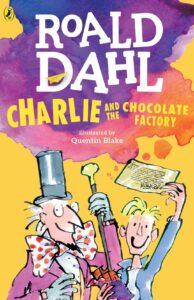
 4.
4. 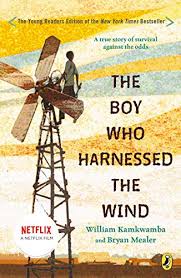

 7.
7. 

